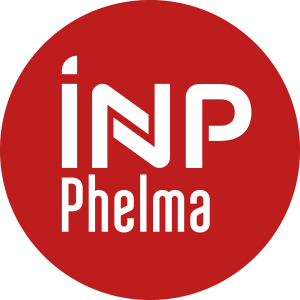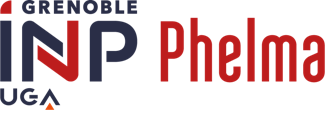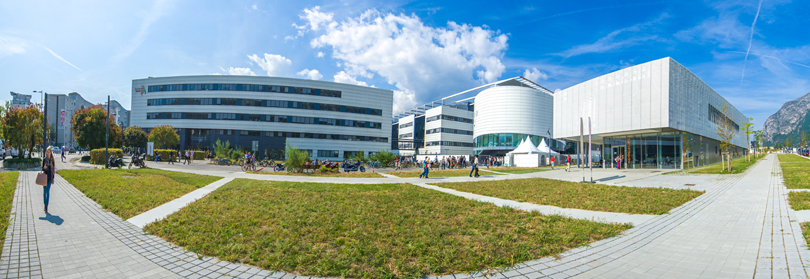EDF R&D Les Renardières
Contenu(s)
Function, Design requirements, operating conditions for vessels and internals in PWR . Comparison with BWR and VVER. Materials under use.-> done in module B
Vessel, Vessel head and pressurizer :
Reasons for the choice for the materials : Dimensioning and fabrication, Corrosion resistance, welding, control. -> done in module B
Comparison with international practice, construction rules in France (RCCM) and abroad
Fabrication of the vessel : casting, forging, welding, cladding. Fabrication defects and control
Dimensioning, structural integrity, risks of fast fracture, safety margins for various situations, regulations and international practice
Operating conditions : calculation of temperatures and neutron flux.
Ageing of materials for the vessel and pressurizer -> general mechanism of thermal ageing will be introduced in P1 and irradiation hardening and embrittlement in C1 and C2
Thermal ageing : segregation, intergranular damage
Ageing under irradiation
Surveillance program
Prediction of microstructural evolution
Formulaes for hardening and Brittle-Ductile Transition Temperature: empirical, semi-empirical, and multi-scale modeling : RPV-2 -> principles and examples will be given in C2
Formulae for toughness prediction: RCCM, master curves, local approach, advanced methods : toughness module -> principles and examples will be given in C2
Feedback from plants : On site non destructive testing -> treated in detail in D4, surveillance program, decennial hydrostatic test
Specific issues for vessel heads penetrators: stress corrosion cracking. -> Basic understanding of SCC will be introduced in P1
Demonstrations of RPV-2 and Toughness Modules
Internals :
a. Reasons for the choice for the materials : Dimensioning and fabrication, Corrosion resistance, welding, control. -> in B
b. Fabrication
Feedback from plants : bolts cracking
Irradiation effects : Dimensional stability, creep irradiation and possible swelling, materials hardening, microstructural evolution
Irradiation Assisted Stress Corrosion Cracking -> mechanisms of IASCC will be introduced in module C2
R and D program for predicting internals degradation, comparison with the strategy for vessels
International Practice for maintenance, repair and replacement.
Example of design evolution : internals for EPR in relation with vessel irradiation and fuel management



